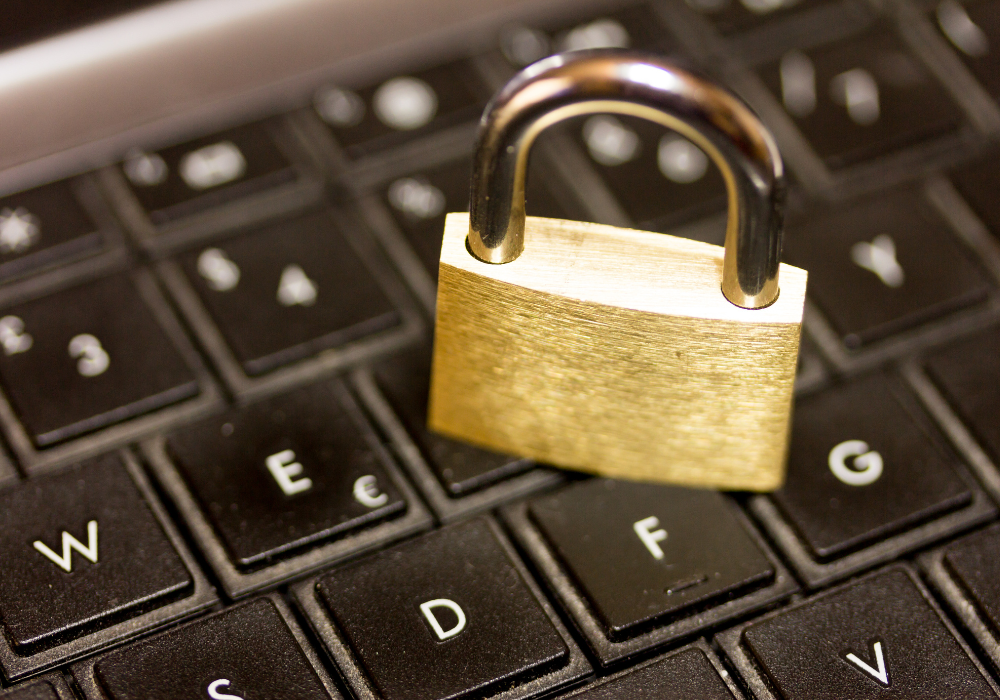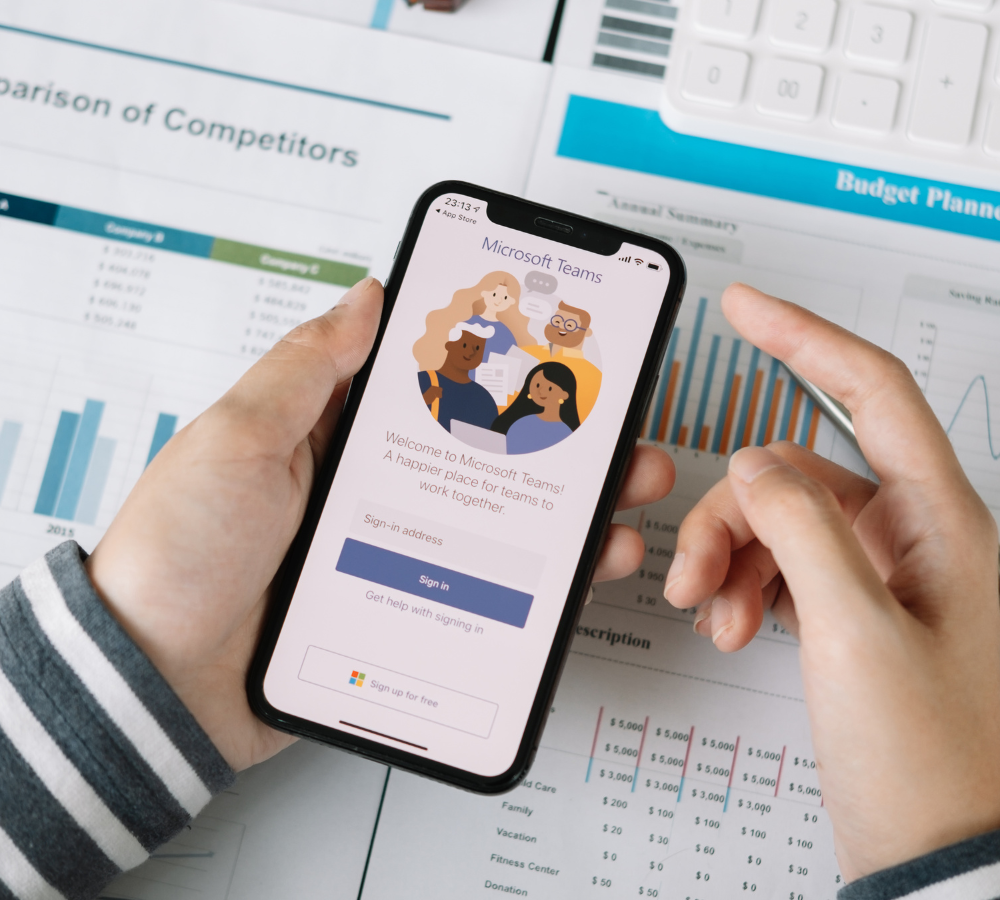What do you know about security? Are you using 2FA, or do you not actually know what that stands for?
What's all the fuss about...
Your accounts are under attack every day, there is always someone scamming to get into your account. It might be that your password has been released on the internet by some clumsy company you trusted, an email you receive which attempts to trick you into giving away your logins or just someone attempting all the commonly used passwords out there to get into your account.
Whatever the method, you need to protect yourself from the increasingly sophisticated and targeted attempts to gain access to your personal data/life. The easiest way to do this is by enabling something called two-factor authentication, you may have heard of this or even be using it through your work accounts but it's also available on many of your personal accounts and you should take advantage of that.
Want to know how common or strong your password is? Try this free tool, it will tell you how long it would take to compromise your account based on your password strength.
What is it?
Once two-factor authentication (commonly shortened to 2FA) is enabled you still need your password but now you also need something else to access your account (hence the two in two-factor). Normally this second authentication is carried out by a text message to your mobile phone, a phone call or a pop-up message in an App. The last one being the most secure and convenient, but any method is better than none.
This protects you because even if some unscrupulous individual manages to get or guess your password they would still need your phone to gain access to your account.
How do I get?
I've put together a list of the accounts most people have and links to get 2FA enabled on those accounts. Work through the list today and enable 2FA on each of your accounts, it's the quickest and most effective way to secure your accounts from the most common types of compromise.
Google, most people have a Google account and many people use Google email (Gmail), would you really want this data lost and/or compromised? Do you want to be responsible for all your contacts getting an email from you which compromises their accounts? Assuming the answers no, here's how to enable 2FA on your Google account.
Amazon, let's stop that £2000, 72" inch TV paid for by you from being sent to a complete stranger. Enable 2FA on your Amazon account.
Microsoft, maybe you're using it for email (i.e. Outloo.com or Hotmail) or maybe you just love Xbox or Bing! Either way, it's time to secure your account.
Facebook, all the photos and posts you've ever shared could be compromised (assuming Facebook hasn't done that already in one of its recent issues!). Here's how to enable it on your Facebook account.
Twitter, just imagine what a scammer can send out to all your followers, ruining your reputation. It's a common target so here's how to protect yourself.
Uber, don't pay for someone else to get from A to B. Enable 2FA on Uber.
Apple, it's not that uncommon for an Apple account to be compromised, particularly if you've just had an Apple device stolen. Enable 2FA on Apple.
Instagram, another one to protect if you value your privacy. Enable 2FA on Instagram.
We haven't covered every account so if we've missed one you'd like to protect and you're not sure where to get started try twofactorauth.org. You can search for the provider and find the steps to activate 2FA if it's available.
Two Factor at work
This isn't an option anymore, at work you deal with customer's data and need to protect your business's reputation. 2FA should be enabled on all your systems which are accessible from the internet, especially those which contain personal data or confidential company data. Speak to your IT provider today to get this turned on.
If you have a system which doesn't support 2FA we can still help. We have partnered with Duo and using their solution we can add 2FA on to many systems.




